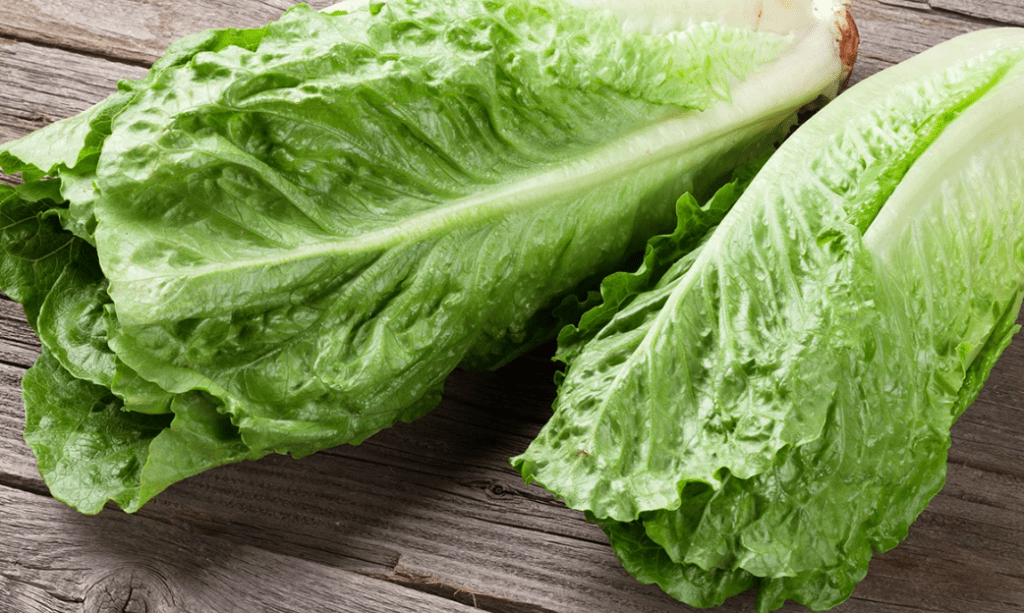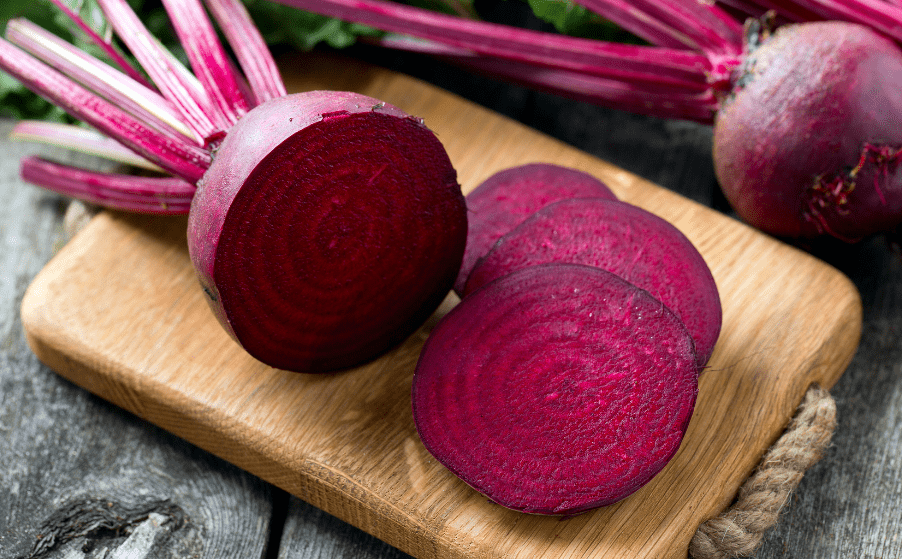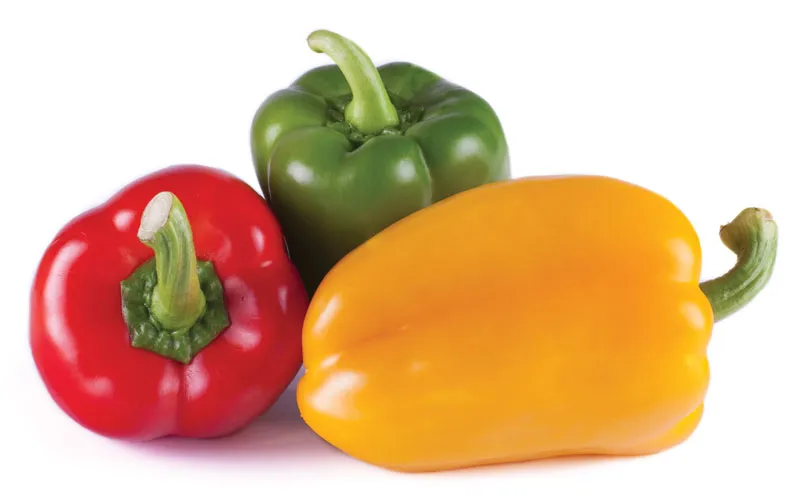
Description
Both taproots and fibrous root systems are possible in lettuce plants. Light green to dark crimson and purple, as well as variegated variations, are among the many colors that domesticated species’ leaves can be. Because the “bolting” of the flower stalk lengthens the plant, diminishes the size of the leaves, and imparts an unpleasant flavor, head lettuce is plucked before it flowers. The achene fruits produced by the yellow flower heads have fluffy pappus structures for wind dissemination.
Varieties
Lettuce is classified into four categories for practical purposes:
Crisphead develops a solid head with prominent veins and a crisp texture. The most widely used commercial cultivar is iceberg.
Butterhead likewise produces a head, but its texture is softer and more malleable, with fewer pronounced veins than crisphead.
Instead of forming a head, looseleaf resembles a cluster. A cut stem of loose-leaf lettuce can grow again without sacrificing flavor or texture.
The upright plant known as cos or romaine has long, narrow leaves that appear coarse but are actually surprisingly sensitive.
The lettuce variety known as Batavians is arguably the least well-known.

Uses
Most lettuce species are eaten raw, and they are typically the base of salads (green).
Nutrition
Depending on the variety, lettuce is a fantastic source (20% of the Daily Value, DV, or higher) of vitamins K (97% DV) and A (21% DV) (table), with darker green lettuces like romaine having higher levels of the provitamin A complex beta-carotene. With the exception of iceberg lettuce, lettuce is a good source of iron and folate (10–19% DV).
Cultivation
Lettuce needs enough of water for successful cultivation, especially during warmer months. With greenhouses, cloches, frames, or polyethylene coverings, protection is provided and growth is encouraged during unseasonably warm weather. The cos, leaf, and butterhead cultivars are the most prevalent worldwide, while other varieties are hard to ship and are frequently cultivated on truck farms or market gardens close to marketplaces.
Table





